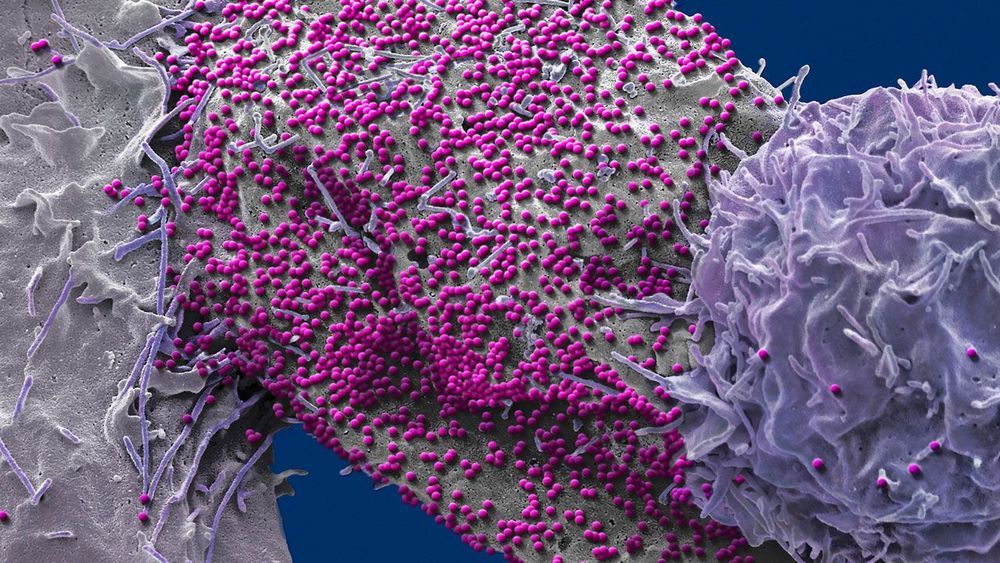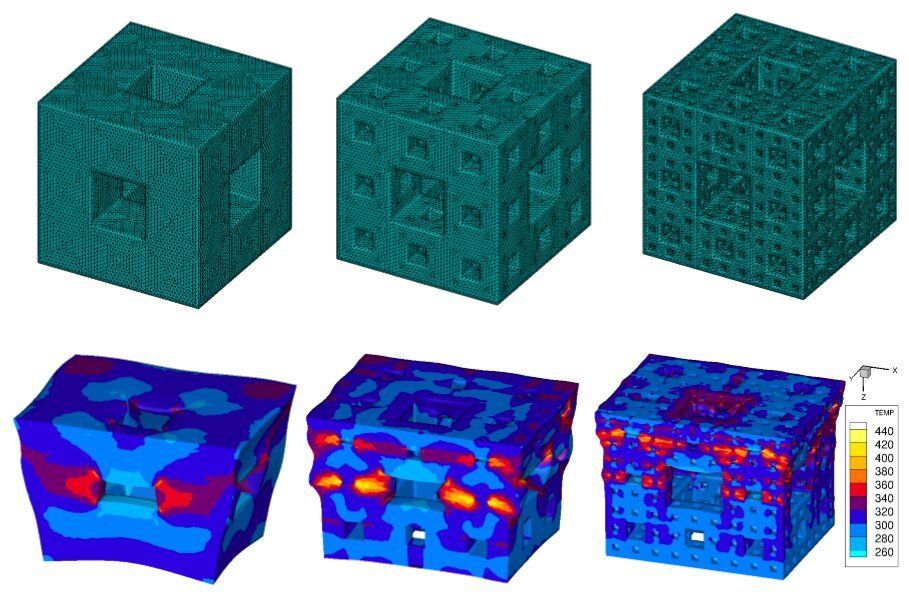Jul 7, 2020
An intriguing—but far from proven—HIV cure in the ‘São Paulo Patient’
Posted by Omuterema Akhahenda in category: biotech/medical
A 36-year-old man in Brazil has seemingly cleared an HIV infection—making him the proof of principle in humans of a novel drug strategy designed to flush the AIDS virus out of all of its reservoirs in the body. But scientists caution that the success hasn’t been long or definitive enough to label it a cure…so granted it worked, not so fast.
Vitamin and antiviral drugs appear to clear AIDS virus, but it could still be hiding out in tissue reservoirs.

















